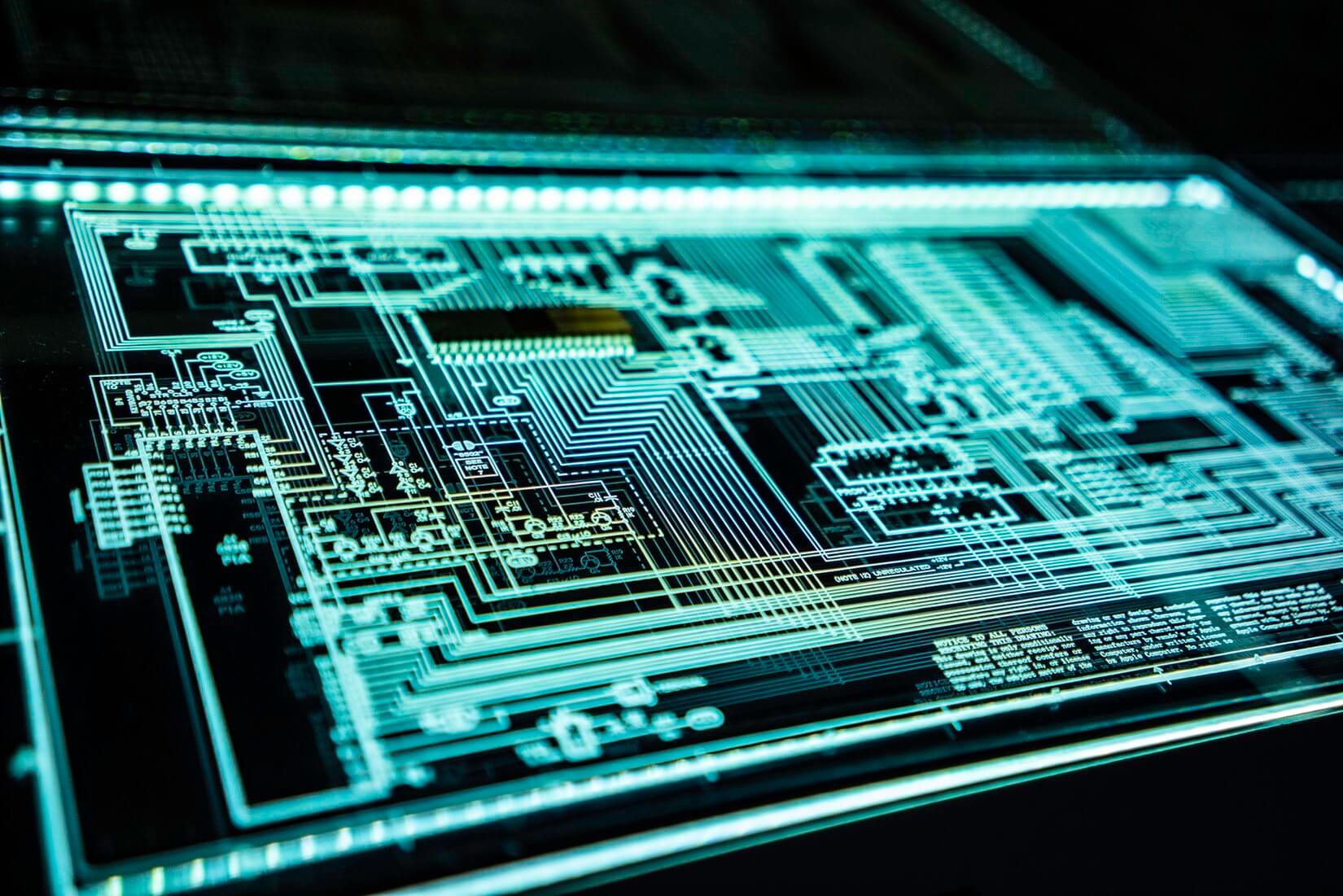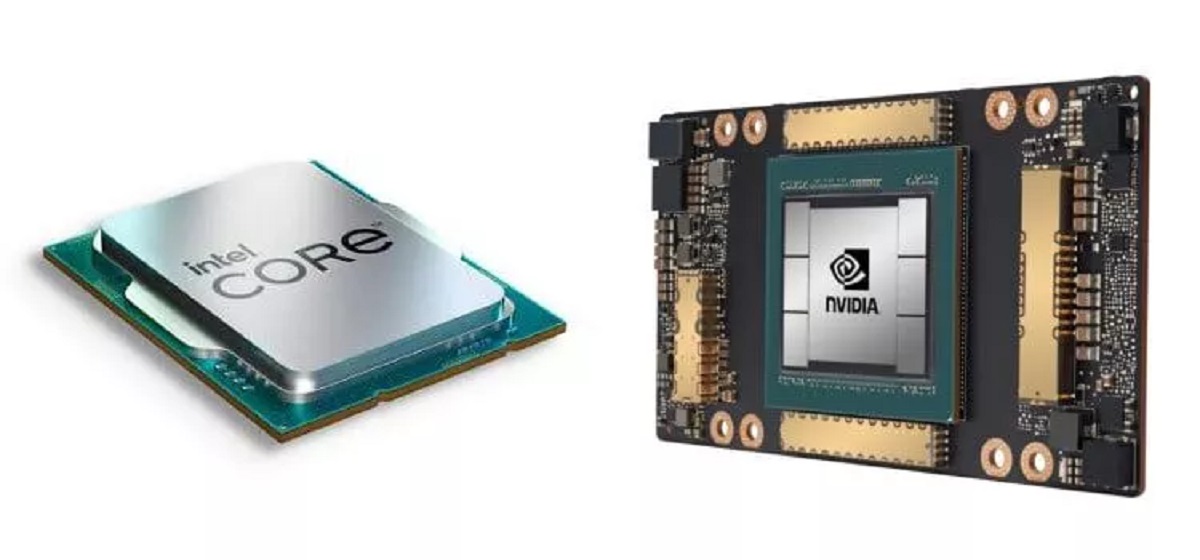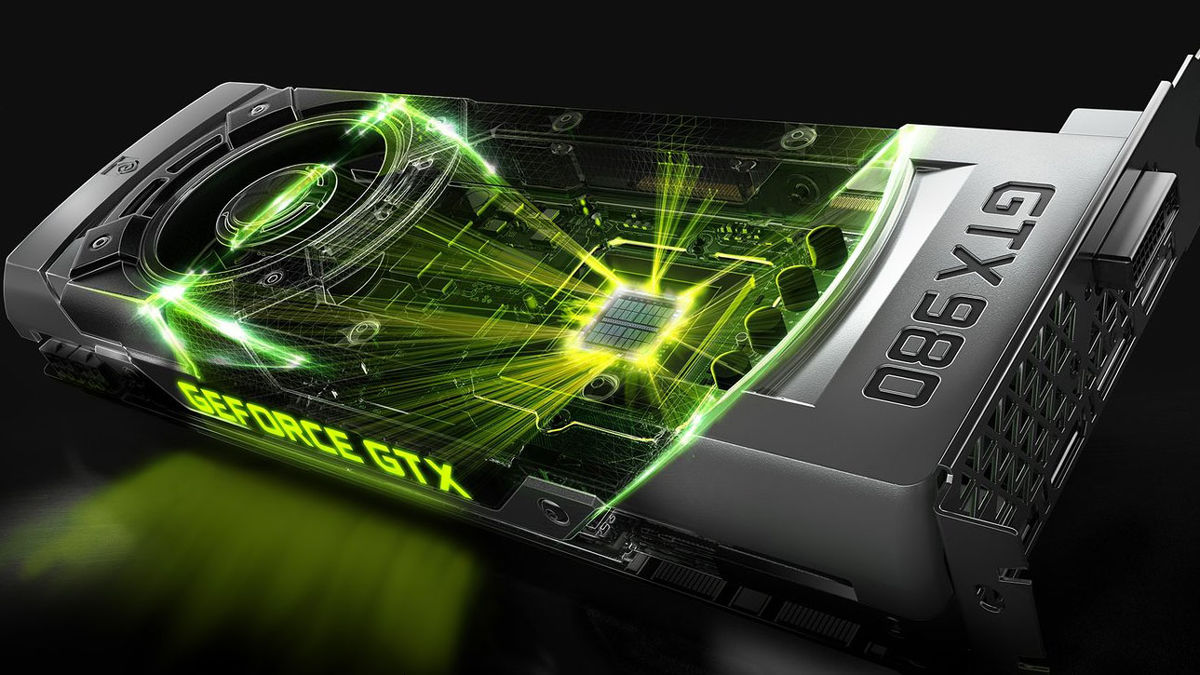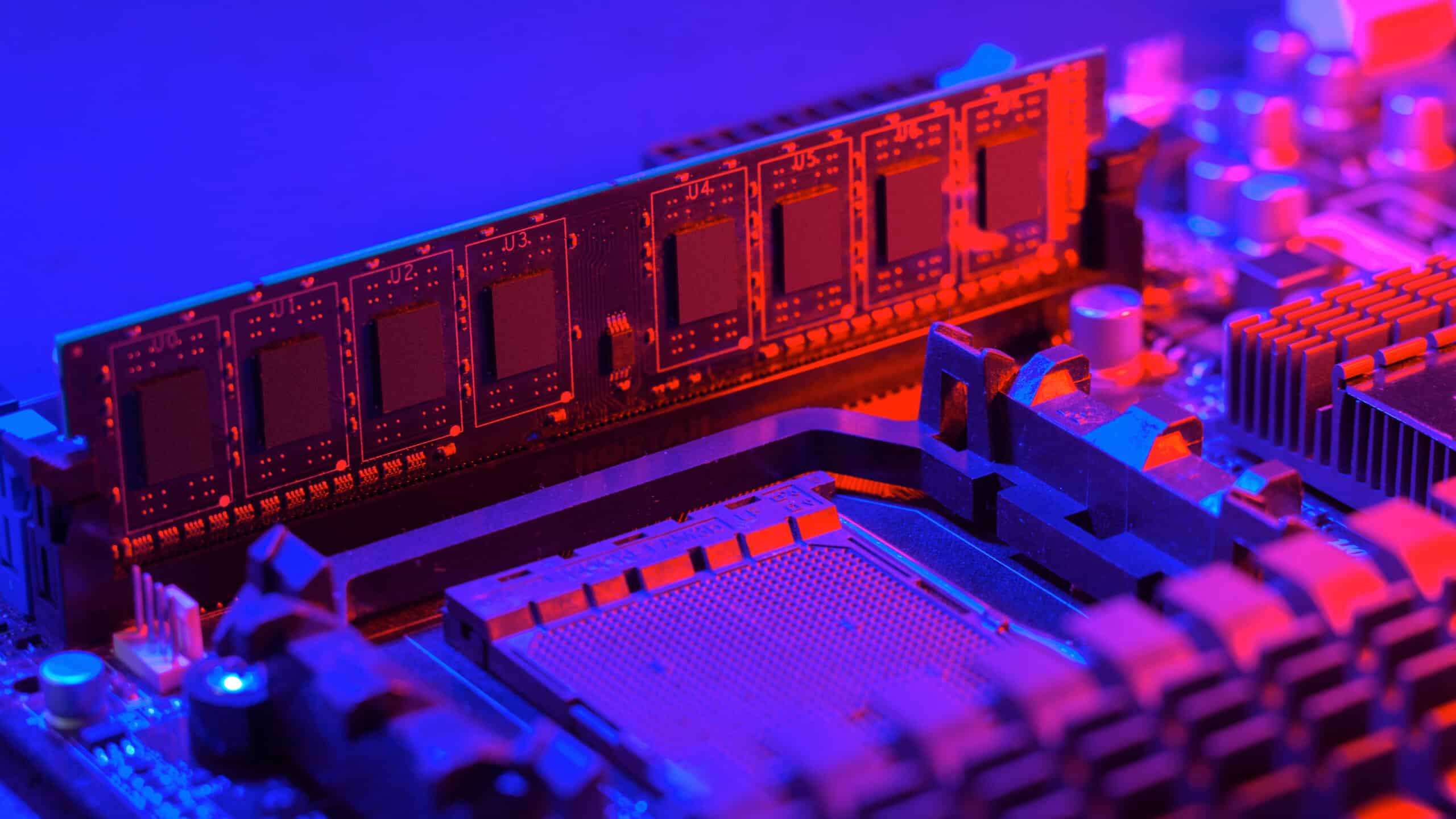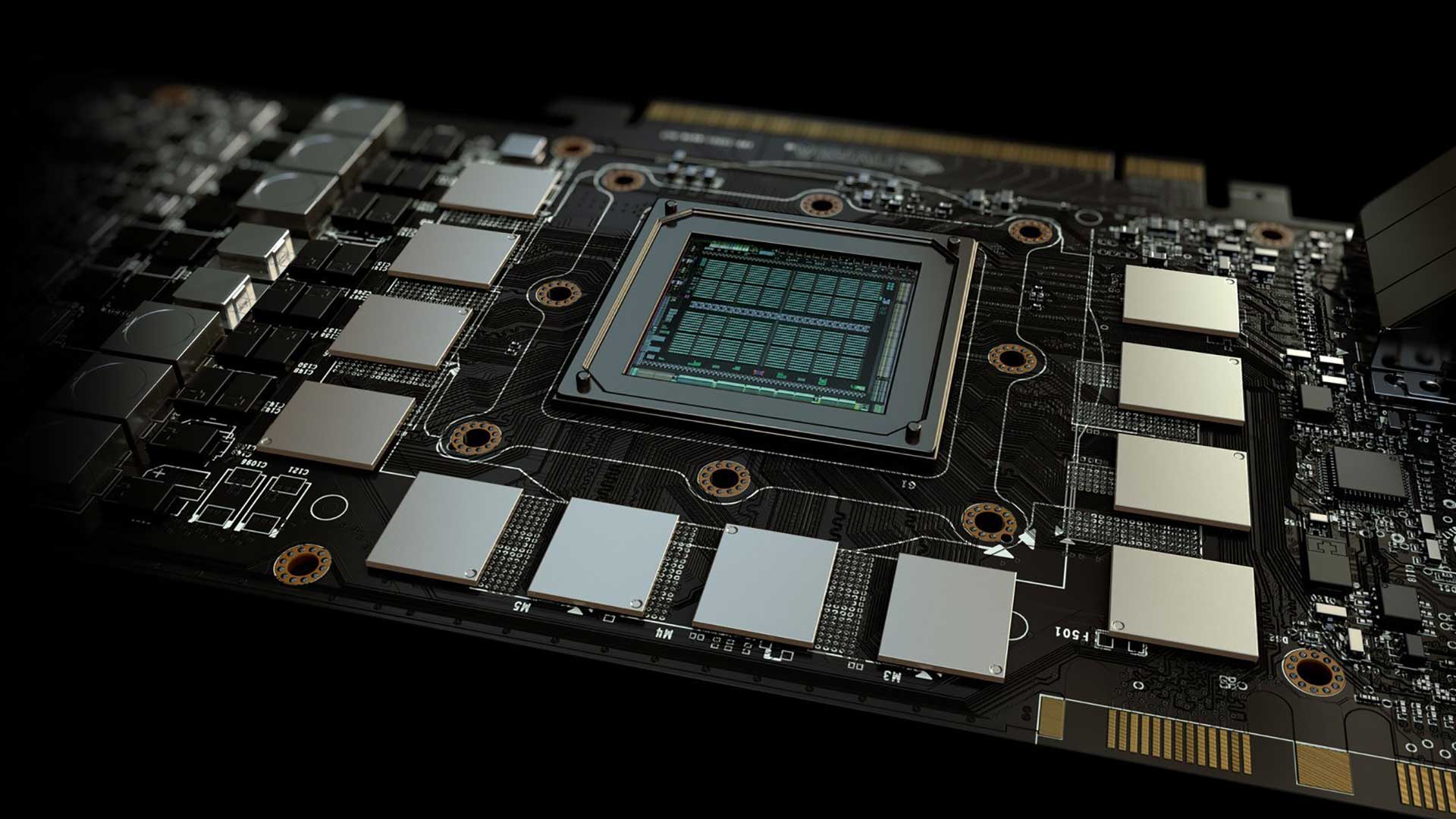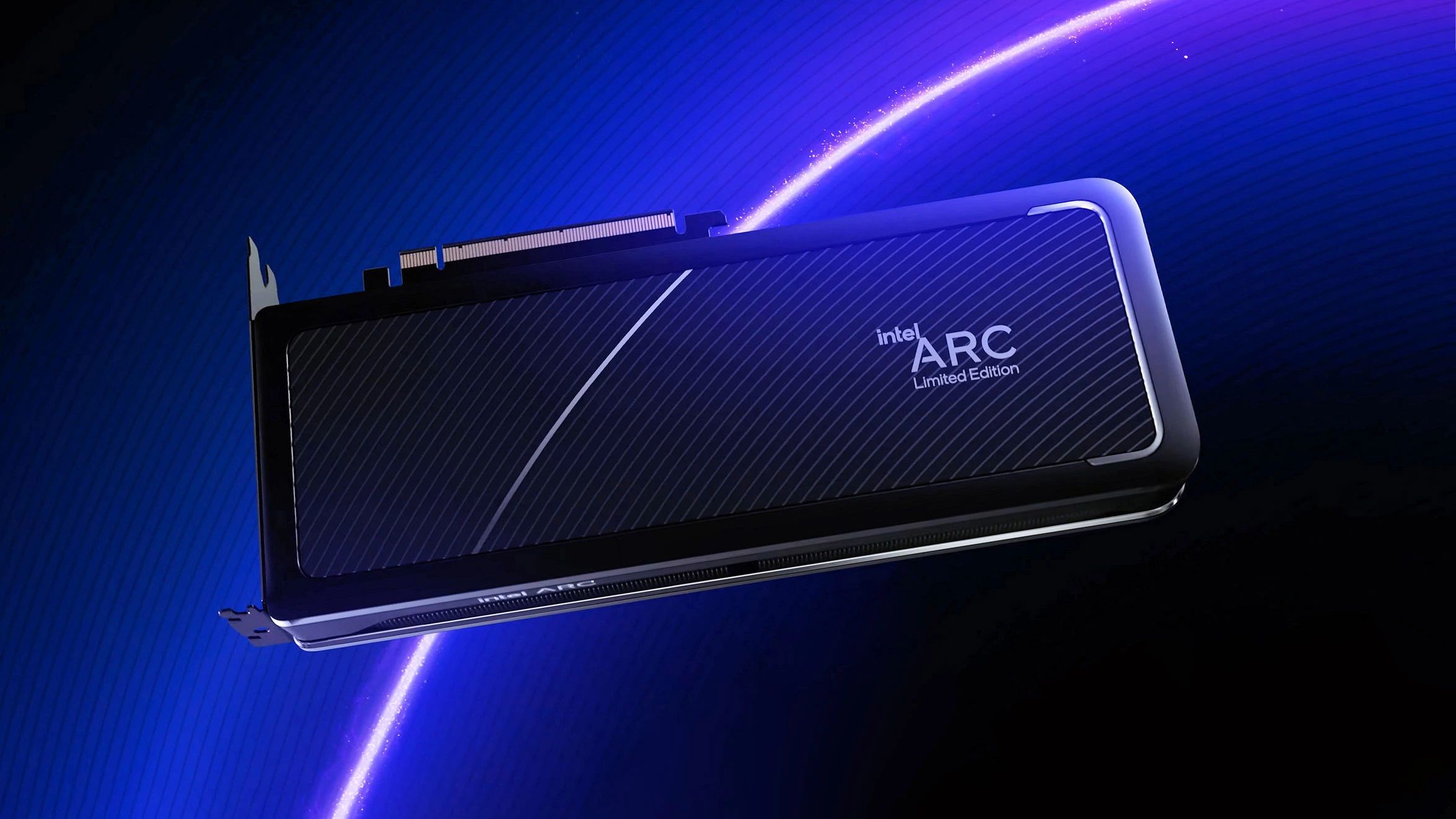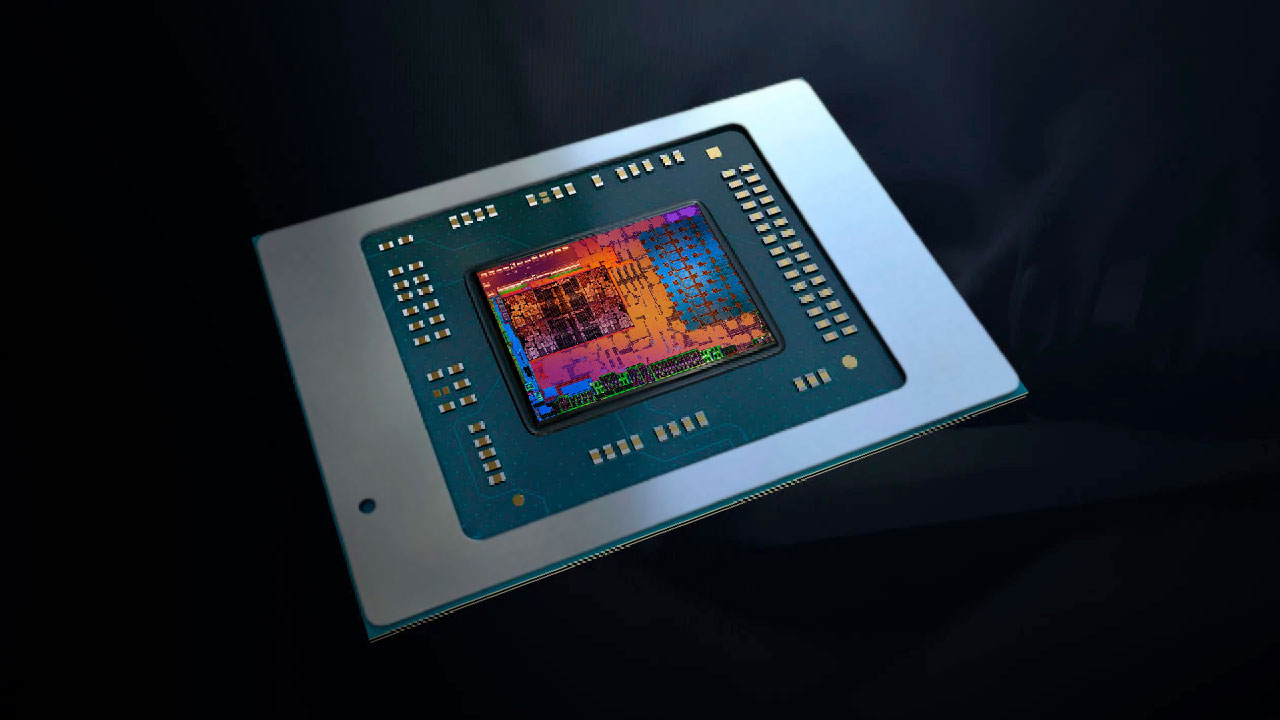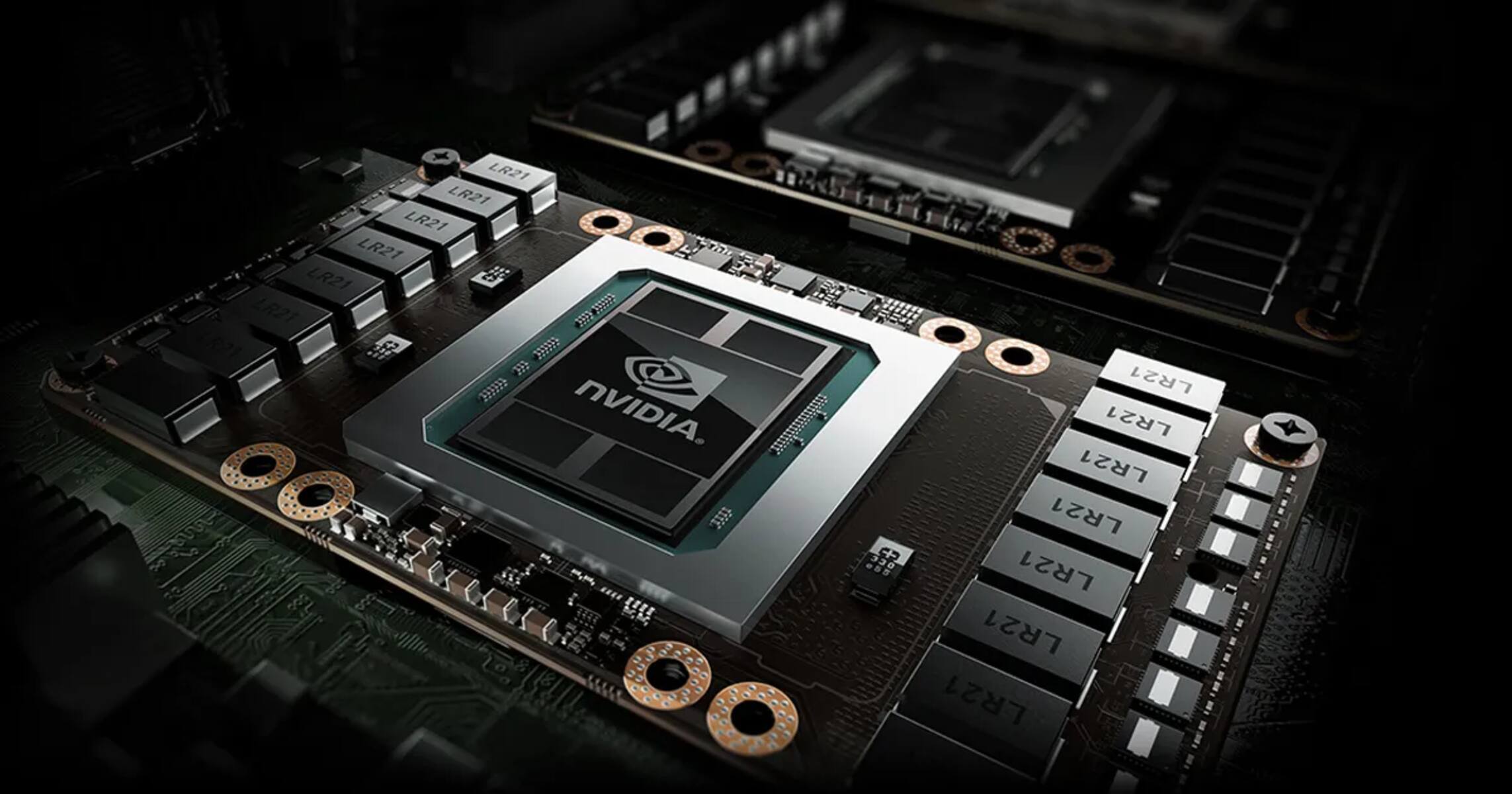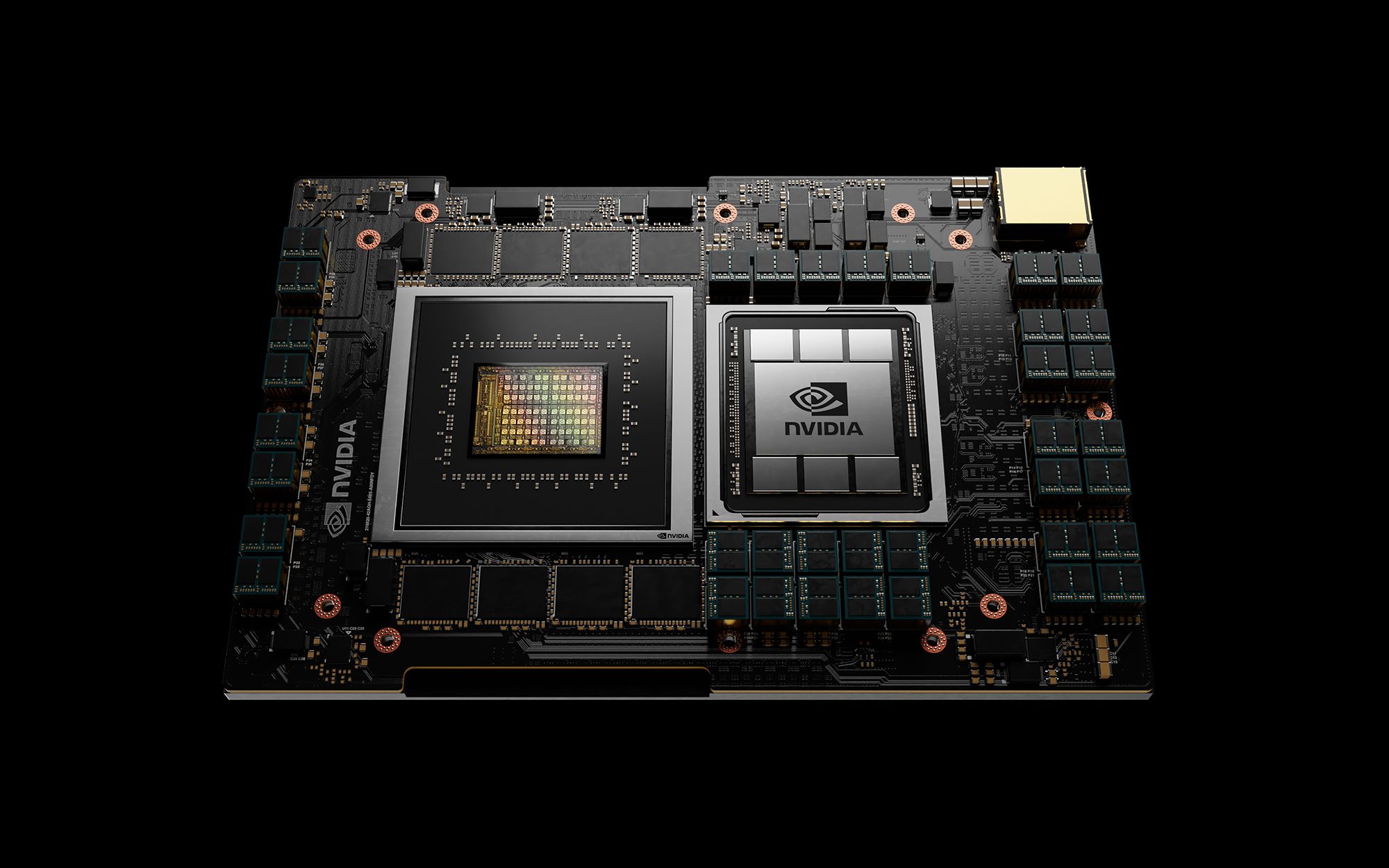Introduction
In today’s rapidly evolving technological landscape, the demand for powerful graphics processing units (GPUs) is at an all-time high. GPUs are widely used in various applications, such as gaming, virtual reality, artificial intelligence, and scientific simulations. One crucial aspect of GPU performance is the memory it utilizes to store and process data. Shared GPU memory plays a significant role in optimizing the efficiency and effectiveness of GPU operations.
Shared GPU memory refers to a specific type of memory architecture in which the GPU and the central processing unit (CPU) share access to a designated pool of memory. This memory acts as a communication bridge between the CPU and the GPU, enabling them to exchange data swiftly and efficiently. Shared GPU memory is a crucial resource in scenarios where both the CPU and GPU need access to the same data simultaneously.
The importance of shared GPU memory cannot be overlooked. It enables seamless data transfer and synchronization between the CPU and the GPU, resulting in enhanced performance and reduced latency. This shared memory architecture plays a crucial role in accelerating graphics-intensive applications, enabling real-time rendering, and delivering immersive visual experiences in gaming and virtual reality. Additionally, shared GPU memory is vital in scientific and computational tasks, where parallel processing and data sharing between the CPU and GPU are paramount.
Understanding how shared GPU memory works is essential for developers and engineers who work with GPU-intensive applications. By leveraging shared memory efficiently, developers can optimize data transfer and significantly improve overall performance. In this article, we will delve into the intricacies of shared GPU memory, exploring its functionality, advantages, disadvantages, and applications.
What Is Shared GPU Memory?
Shared GPU memory refers to a memory architecture where the GPU and the CPU share access to a designated pool of memory. This shared memory space is used to store and process data that is required by both the CPU and the GPU simultaneously. By allowing both components to access the same memory, the need for data transfers between the CPU and the GPU is minimized, resulting in improved performance and reduced latency.
In a typical GPU setup, there are separate memory spaces for the CPU (system memory) and the GPU (dedicated VRAM). While this separation is efficient in most cases, there are scenarios where both the CPU and the GPU need access to the same data. Without shared GPU memory, transferring data between the CPU and the GPU can be a time-consuming and inefficient process, particularly when dealing with large datasets or real-time data synchronization.
Shared GPU memory solves this problem by providing a unified memory space that can be accessed by both the CPU and the GPU. This memory is physically located on the GPU, but it is accessible by the CPU through the system memory. This way, the CPU can directly read from and write to the shared memory, eliminating the need for data transfers between separate memory pools.
The shared memory architecture utilizes specialized protocols and techniques to enable efficient and synchronized access to the data. As data is written or updated in the shared memory, it becomes immediately available to both the CPU and the GPU, ensuring that both components have the most up-to-date information.
To facilitate the sharing of memory, GPUs often rely on APIs (Application Programming Interfaces) such as CUDA (Compute Unified Device Architecture) or OpenCL (Open Computing Language). These APIs provide a set of functions and libraries that enable developers to program and manage the shared memory efficiently. By utilizing these APIs, developers can optimize data transfer and synchronization between the CPU and the GPU, resulting in improved performance and responsiveness.
Why Is Shared GPU Memory Important?
Shared GPU memory plays a crucial role in optimizing the performance and efficiency of GPU operations. There are several reasons why shared GPU memory is important in modern computing environments:
- Efficient Data Transfer: Shared GPU memory minimizes the need for data transfers between the CPU and the GPU. By providing a unified memory space, data can be accessed by both components without the overhead of copying and transferring data between separate memory pools. This results in faster and more efficient data transfer, reducing latency and improving overall system performance.
- Real-Time Data Synchronization: In applications that require real-time data synchronization between the CPU and the GPU, shared GPU memory is essential. For example, in gaming or virtual reality applications, the CPU may need to update the position or state of objects, while the GPU is responsible for rendering the graphics based on that data. With shared GPU memory, the CPU and the GPU can seamlessly communicate and synchronize the data, enabling real-time rendering and delivering a smooth and immersive user experience.
- Parallel Processing: Shared GPU memory enables parallel processing and data sharing between the CPU and the GPU. This is particularly important in scientific simulations, artificial intelligence, and machine learning applications. By leveraging shared memory, developers can offload computationally intensive tasks to the GPU, while still enabling efficient communication and exchange of data with the CPU. This allows for faster and more efficient processing, enabling complex calculations and analyses to be performed efficiently.
- Resource Optimization: Shared GPU memory helps optimize system resources by reducing the duplication of data. Without shared memory, data that needs to be accessed by both the CPU and the GPU would have to be duplicated in separate memory spaces. This duplication not only wastes memory but also introduces overhead in terms of data management and synchronization. With shared memory, the need for duplication is eliminated, resulting in more efficient memory usage and improved overall system performance.
In summary, shared GPU memory is important because it enables efficient data transfer, real-time synchronization, parallel processing, and resource optimization. By leveraging shared memory, developers can maximize the performance of GPU-intensive applications, deliver immersive visual experiences, and accelerate computational tasks that require collaboration between the CPU and the GPU.
How Does Shared GPU Memory Work?
Shared GPU memory operates by providing a unified memory space that can be accessed by both the CPU and the GPU. This architecture allows for efficient data sharing and synchronization, minimizing the need for data transfers and improving overall system performance. Here is an overview of how shared GPU memory works:
- Unified Memory Space: In shared GPU memory, a portion of the GPU’s memory is designated as shared memory. This memory space is physically located on the GPU, but it can be accessed by the CPU through the system memory. Both the CPU and the GPU can read from and write to this shared memory space, enabling seamless data exchange.
- Memory Addressing: To access shared GPU memory, the CPU and the GPU utilize memory addressing. The CPU uses virtual addresses to access the shared memory, just like it would with any other system memory. On the GPU side, the memory is accessed using physical addresses assigned to the shared memory space.
- Data Transfer: When the CPU needs to share data with the GPU or vice versa, it can directly read from or write to the shared memory. This eliminates the need for data transfers between separate memory pools, minimizing latency and improving performance. The shared memory acts as a communication bridge between the CPU and the GPU, enabling efficient data transfer and synchronization in real-time.
- Protocols and APIs: To effectively manage shared GPU memory, specialized protocols and APIs are utilized. For example, the CUDA API provided by NVIDIA offers functions and libraries that enable developers to efficiently allocate and manage shared memory in GPU-intensive applications. These APIs handle the low-level operations required for data transfer, synchronization, and memory management, allowing developers to focus on optimizing their applications.
- Synchronization: To ensure data consistency and synchronization between the CPU and the GPU, synchronization mechanisms are employed. For example, barriers or synchronization points can be used to ensure that the CPU and the GPU have access to the same data at a specific point in time. Through these synchronization mechanisms, developers can carefully orchestrate the flow of data and operations between the CPU and the GPU, maximizing the utilization of shared memory.
By employing a unified memory space, efficient addressing, data transfer, specialized APIs, and synchronization mechanisms, shared GPU memory allows for seamless collaboration between the CPU and the GPU. This architecture enables improved performance, reduced latency, and efficient resource utilization, making it an essential component in modern GPU-intensive applications.
Advantages of Shared GPU Memory
Shared GPU memory offers several advantages that enhance the performance and efficiency of GPU operations. Here are some key benefits of utilizing shared GPU memory in computing environments:
- Efficient Data Transfer: Shared GPU memory minimizes the need for data transfers between the CPU and the GPU, reducing latency and improving overall system performance. The unified memory space allows both components to access the same data directly, eliminating the overhead of copying and transferring data between separate memory pools.
- Real-Time Data Synchronization: Applications that require real-time data synchronization between the CPU and the GPU greatly benefit from shared GPU memory. With shared memory, the CPU and the GPU can seamlessly communicate and synchronize data, enabling real-time rendering, simulation, and other interactive experiences.
- Parallel Processing: Shared GPU memory enables parallel processing and data sharing between the CPU and the GPU. This is particularly valuable in applications that involve complex calculations, such as scientific simulations or machine learning. By offloading computationally intensive tasks to the GPU and leveraging shared memory, developers can improve processing performance and achieve faster results.
- Memory Optimization: Shared GPU memory eliminates the need for duplicating data that needs to be accessed by both the CPU and the GPU. This leads to more efficient memory utilization and reduces the overhead of managing and synchronizing duplicated data. By avoiding data duplication, shared memory allows for more effective resource utilization and improved system performance.
- Flexibility and Scalability: Shared GPU memory offers flexibility and scalability in GPU-intensive applications. As the demand for memory increases, shared memory can be dynamically allocated and utilized by both the CPU and the GPU. This scalability allows for the efficient handling of large datasets and complex computational tasks.
In summary, shared GPU memory provides efficient data transfer, real-time synchronization, parallel processing capabilities, memory optimization, and flexibility in computing environments. By leveraging shared memory, developers can optimize system performance, achieve real-time responsiveness, and efficiently process large datasets, ultimately enhancing the overall user experience and driving innovation in GPU-centric applications.
Disadvantages of Shared GPU Memory
While shared GPU memory offers numerous advantages, there are also some potential drawbacks to consider. Understanding these disadvantages can help developers and engineers make informed decisions when designing and optimizing GPU-intensive applications. Here are some of the main disadvantages of shared GPU memory:
- Memory Bandwidth Limitations: Shared GPU memory utilizes the same memory bus as the CPU, which can result in memory bandwidth limitations. When both the CPU and the GPU are accessing shared memory simultaneously, it can lead to contention for memory bandwidth, reducing the overall system performance.
- Increased Complexity: Implementing shared GPU memory introduces additional complexity to application development. Developers need to carefully manage data sharing, synchronization, and memory allocation between the CPU and the GPU, which can be challenging. The complexity of managing shared memory can impact development time and increase the likelihood of bugs and performance degradation.
- Memory Size Limitations: The amount of shared memory available on the GPU may be limited compared to the dedicated memory (VRAM) available for GPU operations. Depending on the specific GPU architecture, the available shared memory may restrict the size of datasets that can be effectively processed in shared memory.
- Data Synchronization Overhead: Efficiently synchronizing data between the CPU and the GPU can introduce overhead and impact performance. The need to ensure data consistency and handle synchronization mechanisms can increase the complexity of coding and introduce potential bottlenecks in the application’s execution.
- Application Compatibility: Shared GPU memory may not be compatible with all applications. Some legacy or specialized applications might not be optimized to take advantage of shared memory, limiting their performance or requiring modifications to utilize shared memory effectively.
While these disadvantages exist, they can be mitigated through careful optimization, system configuration, and thorough testing. Understanding the limitations and potential challenges of shared GPU memory can help developers make informed decisions and optimize their applications for improved performance and efficiency.
Applications of Shared GPU Memory
Shared GPU memory finds applications in a wide range of industries and fields where high-performance graphics processing is necessary. Here are some notable applications where shared GPU memory plays a crucial role:
- Gaming: Shared GPU memory is vital in the gaming industry, where real-time rendering and immersive graphics are paramount. It enables seamless data transfer between the CPU and the GPU, ensuring smooth gameplay and realistic graphics. Shared memory allows for on-the-fly updates of game assets, such as character models, textures, and effects, resulting in improved visual quality and responsiveness.
- Virtual Reality (VR): Shared GPU memory is essential for delivering immersive virtual reality experiences. VR applications require real-time synchronization between the CPU and the GPU to maintain a seamless and responsive virtual environment. Shared memory enables the transfer of tracking data, user interaction inputs, and dynamic scene updates between the CPU and the GPU, ensuring a smooth and realistic VR experience.
- Scientific Simulations: Shared GPU memory plays a crucial role in scientific simulations, enabling researchers to accelerate complex calculations and simulations. It allows for parallel processing of large datasets, such as climate models, fluid dynamics simulations, and molecular dynamics simulations, by leveraging the computational power of the GPU. Shared memory enables efficient data sharing between the CPU and the GPU, improving simulation performance and reducing time to results.
- Artificial Intelligence (AI) and Machine Learning (ML): Shared GPU memory is extensively used in AI and ML applications due to its ability to handle large datasets and parallel processing. It enables efficient data transfer and synchronization between the CPU and the GPU during training and inference phases. Shared memory allows for real-time updates of AI models, optimization of neural network weights, and efficient execution of AI algorithms, leading to faster and more accurate AI and ML tasks.
- Image and Video Processing: Shared GPU memory is employed in applications that involve image and video processing, such as video editing, computer vision, and image recognition. Shared memory enables efficient transfer and processing of high-resolution images and videos, enhancing performance and enabling real-time editing and analysis. It enables seamless collaboration between the CPU and the GPU, facilitating tasks like image filtering, object detection, and video rendering.
The applications of shared GPU memory extend beyond these examples, as it is a fundamental component in any GPU-intensive task that involves collaboration and real-time data synchronization between the CPU and the GPU. By leveraging shared memory effectively, developers can unlock the true potential of GPUs, delivering cutting-edge graphics, accelerated computations, and enhanced user experiences in various domains.
Conclusion
Shared GPU memory plays a crucial role in optimizing the performance and efficiency of GPU operations. By providing a unified memory space that can be accessed by both the CPU and the GPU, shared memory enables efficient data transfer, real-time data synchronization, and parallel processing capabilities. This architecture minimizes the need for data transfers between separate memory pools, reducing latency and improving overall system performance.
The advantages of shared GPU memory are evident in a variety of applications, including gaming, virtual reality, scientific simulations, AI/ML, and image/video processing. It enables seamless collaboration between the CPU and the GPU, resulting in improved graphics rendering, faster computations, and enhanced user experiences.
However, shared GPU memory is not without its limitations. Memory bandwidth limitations, increased complexity, memory size constraints, data synchronization overhead, and potential application compatibility issues are important considerations when utilizing shared memory.
Despite these challenges, shared GPU memory remains a critical component in modern computing environments. Through careful optimization, system configuration, and the utilization of specialized APIs, developers can harness the full potential of shared memory, improving system performance and delivering impressive GPU-intensive applications.
In conclusion, shared GPU memory serves as a powerful tool that enables efficient data sharing, real-time synchronization, and parallel processing between the CPU and the GPU. With its ability to enhance performance, reduce latency, and optimize memory usage, shared memory plays a pivotal role in driving innovation and pushing the boundaries of GPU-centric applications in diverse industries.







